|
Once again our guide for the day was Alex and our driver was Eric. We set off to explore one of the trails in the Parque Guanayara. Our first stop was to see Cuban Parrot and Cuban Crow which both showed well but the lighting wasn't great for photography. We took a lovely walk down the river passing various tranquil pools and waterfalls. It was a bit quiet on the butterfly front though a nice Orange-barred Sulphur Phoebis philea was nectaring on the Black-eyed Susan. And I've managed to identify a new anole for us Blue-eyed Twig Anole Anolis alutaceus. I say 'new' but I'm pretty sure that I've seen this before but am only just starting to get my head around the identification features. I do find the lack of an identification guide quite surprising. After our picnic lunch and as we drove off we bumped into our friend Luis who had come to look for us so he joined us for the afternoon. We stopped at a bend in the road where we had seen Many-spotted King Anetia briarea three years ago but there was no sign of this species. Then Eric called us over to ask us what the butterfly was nectaring on the Ageratum next to the vehicle... This caused a few moments of panic as it was an Antillean Mapwing Hypanartia paullus which was new for all of us including Douglas. It is a rare species and what a great find by Eric, Cuba's latest convert to butterfly-watching aficionado. In fact it stayed nectaring on the same flowerhead for twenty minutes and was still there when we left. We headed off to another trail and were soon watching a Giant Kingbird. It was building a rather flimsy looking nest in the top of a tree next to the path. It is a bulkier bird than Loggerhead Kingbird with a much larger broader bill. A pair of Limpkins feeding amongst the young coffee bushes seemed slightly incongruous but further down the path several Atala Hairstreak Eumaeus atala were flying. I spotted the foodplant, a cicad close by, and on turning over a leaf found several atala eggs stuck to the underside. In may ways atala are unlike any other hairstreaks with which I'm familiar though of course there may be other similar ones in mainland America. Although the larvae are typical of a hairstreak, the adults lack tails, have aposematic coloration and females leave hairs from their anal tufts on the eggs as a form of protection. The eggs contain significant amounts of the toxin cycasin sequestered from the foodplant and passed on through each stage of the life cycle. The anal tuft hairs left on the eggs have been shown to be aposematic to warn off potential predators. Alex showed us the tree on which he often sees a Cuban Knight Anole Anolis equestris and told us that during the winter it didn't come out much from the hole in which it hides. During this period it remained brown and only gained the green colouration during the summer. It was very wary and I only managed a couple of pictures before it slowly lowered itself down out of view. I've since had it suggested to me, and it seems very plausible, this is a female and that she is guarding her eggs at this time. Anoles have a remarkable ability to change colour, sometimes quite quickly, and of course it would be to a females advantage to turn a cryptic brown colour whilst holed up like this. Alex also showed us the introduced Bullfrog - we had heard this once before at Soroa, it sounds like a bull bellowing. We saw a few Purple Bluet Enellagma coecum by the river and were surprised by a Cuban Treefrog Osteopilus septentrionalis that crashed to the ground beside us from high in a tree above. What caused it to fall we don't know but it seemed to have injured itself doing so so seemed unlikely to survive long. A small larva, probably second instar, of a Cuban Rhinthon Rhinthon cubana in a larval shelter found by Doug, proved to be parasitised unfortunately.
0 Comments
Leave a Reply. |
Welcome to our Blog
Here we will post interesting news about what we and others have seen in Cuba. Archives
July 2024
Categories |
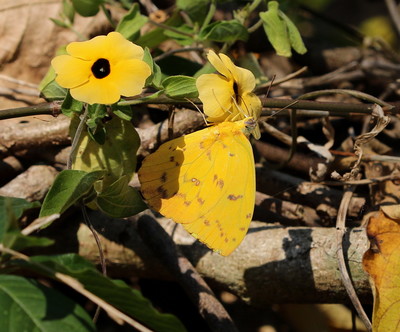
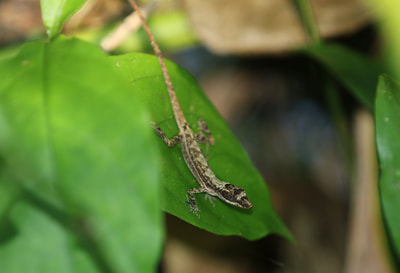
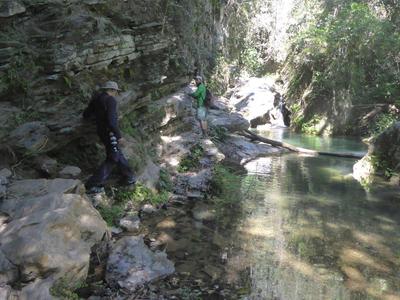
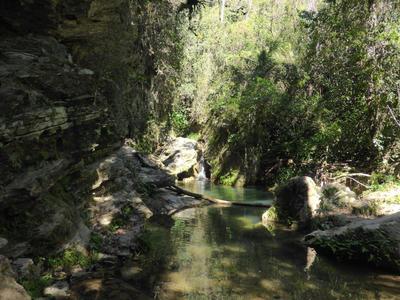
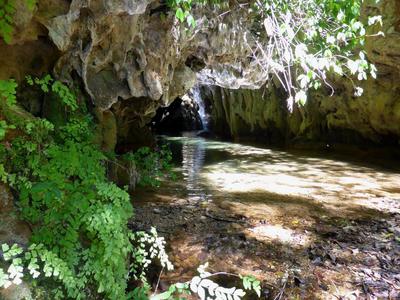
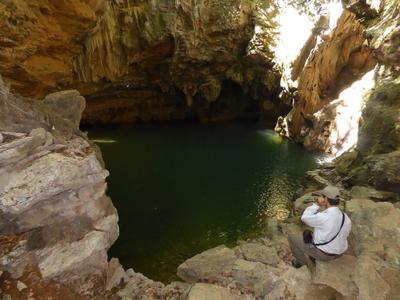
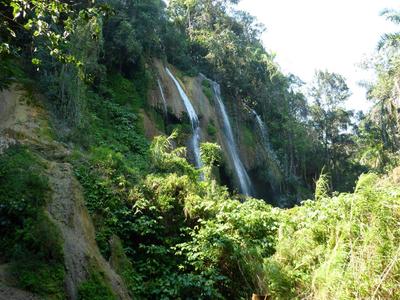
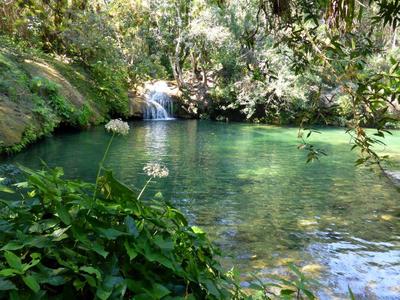
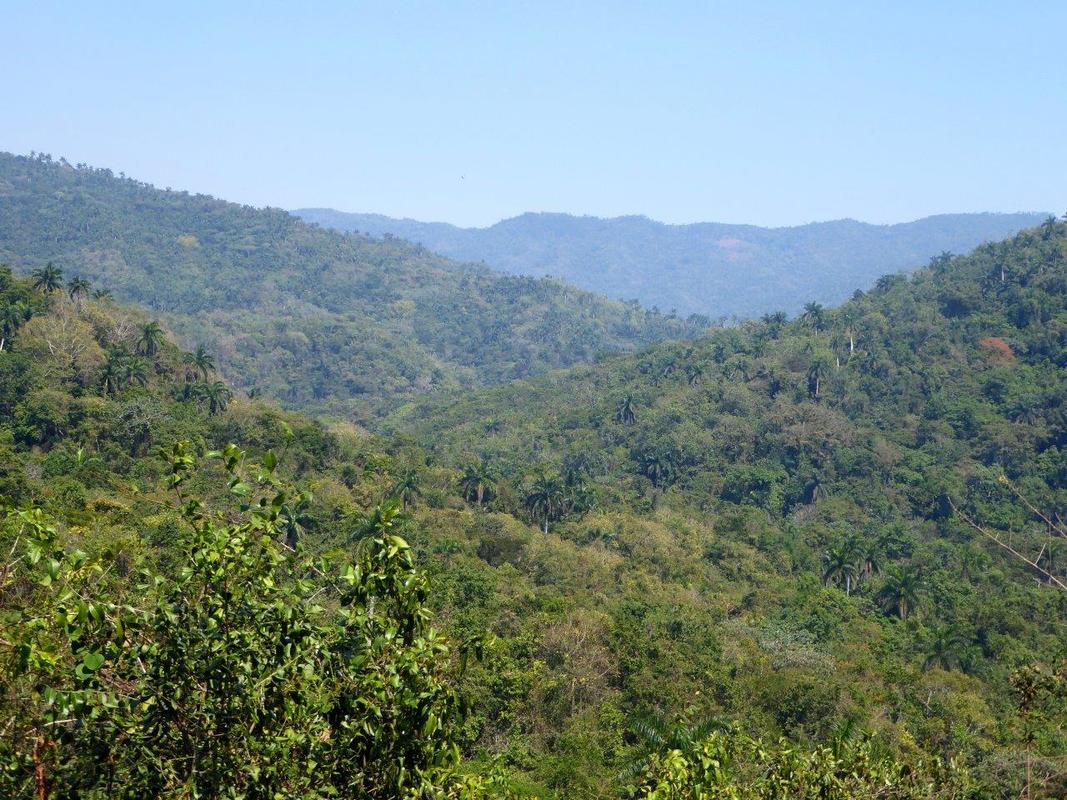
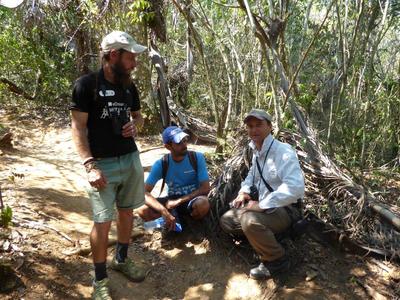
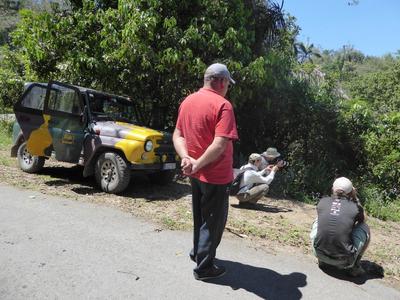
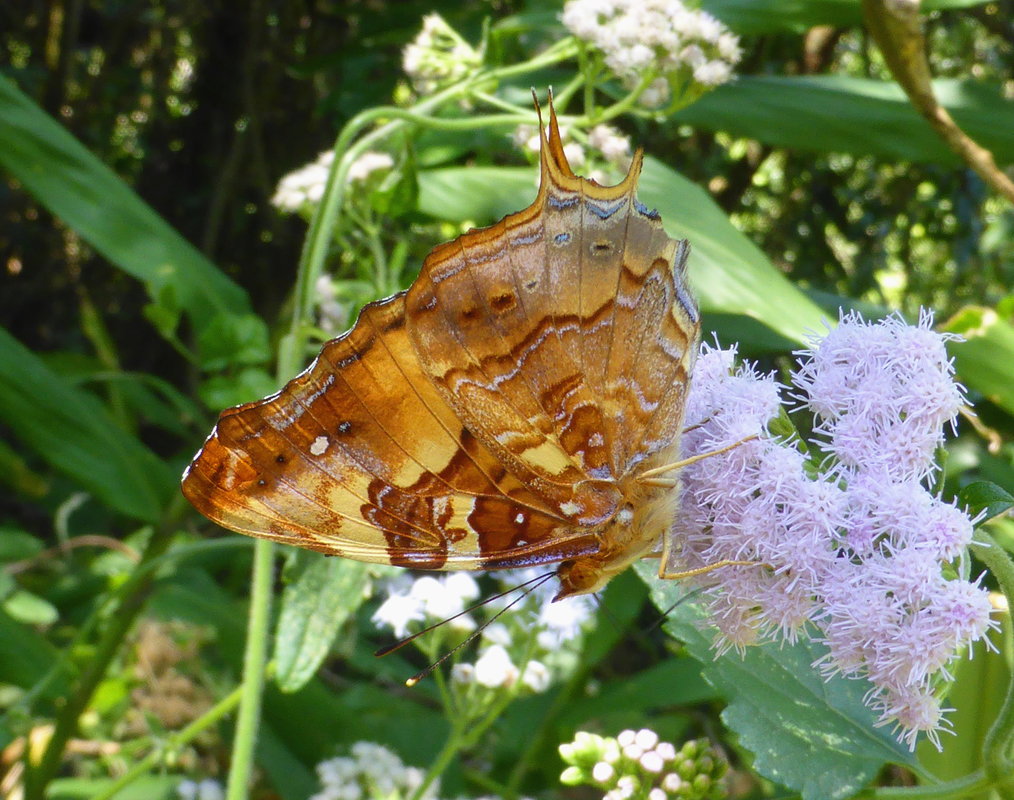
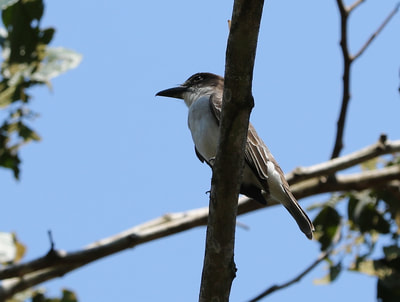
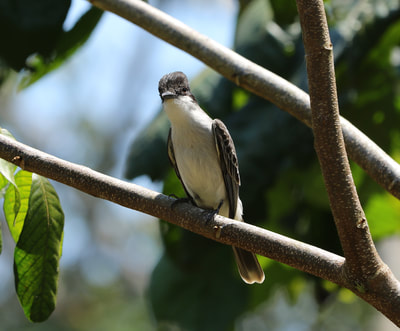
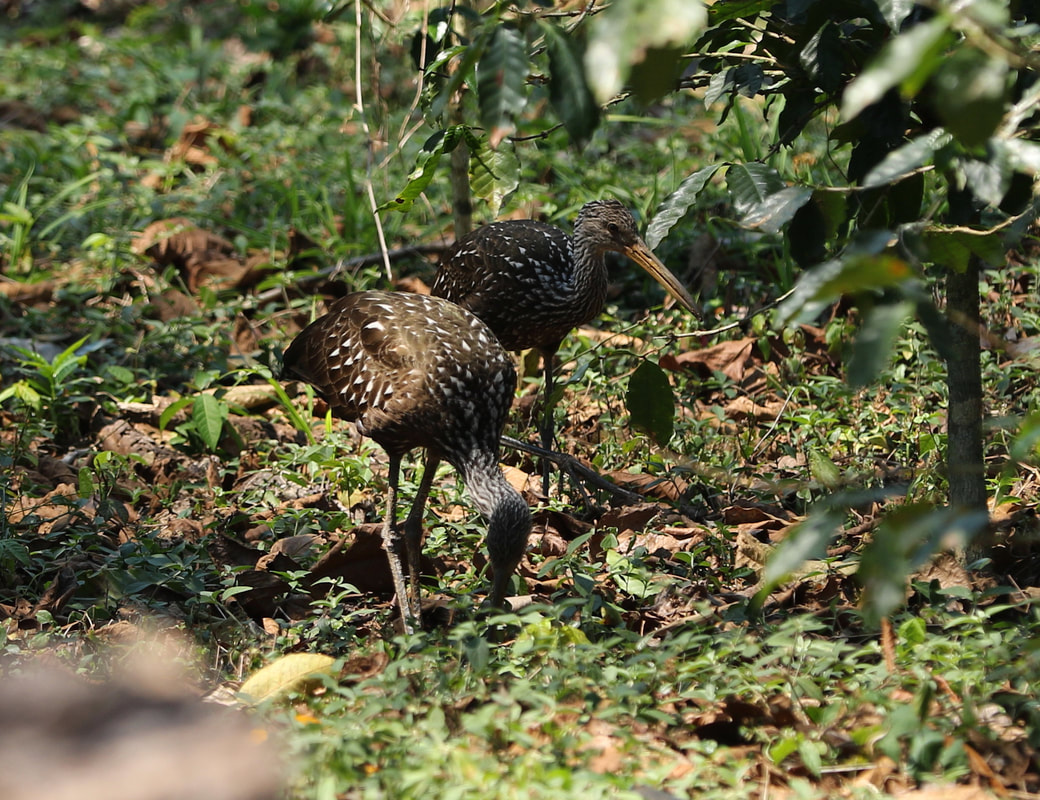
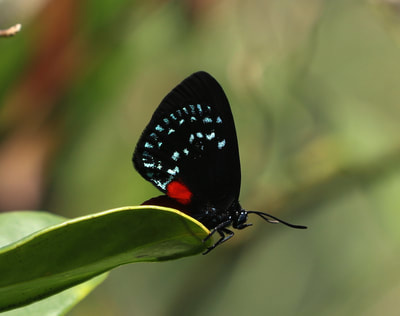
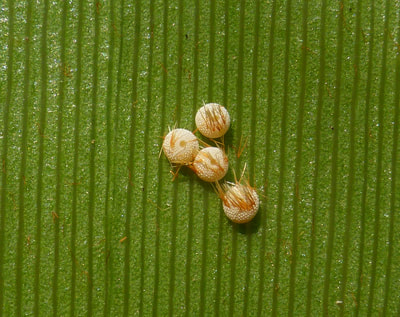
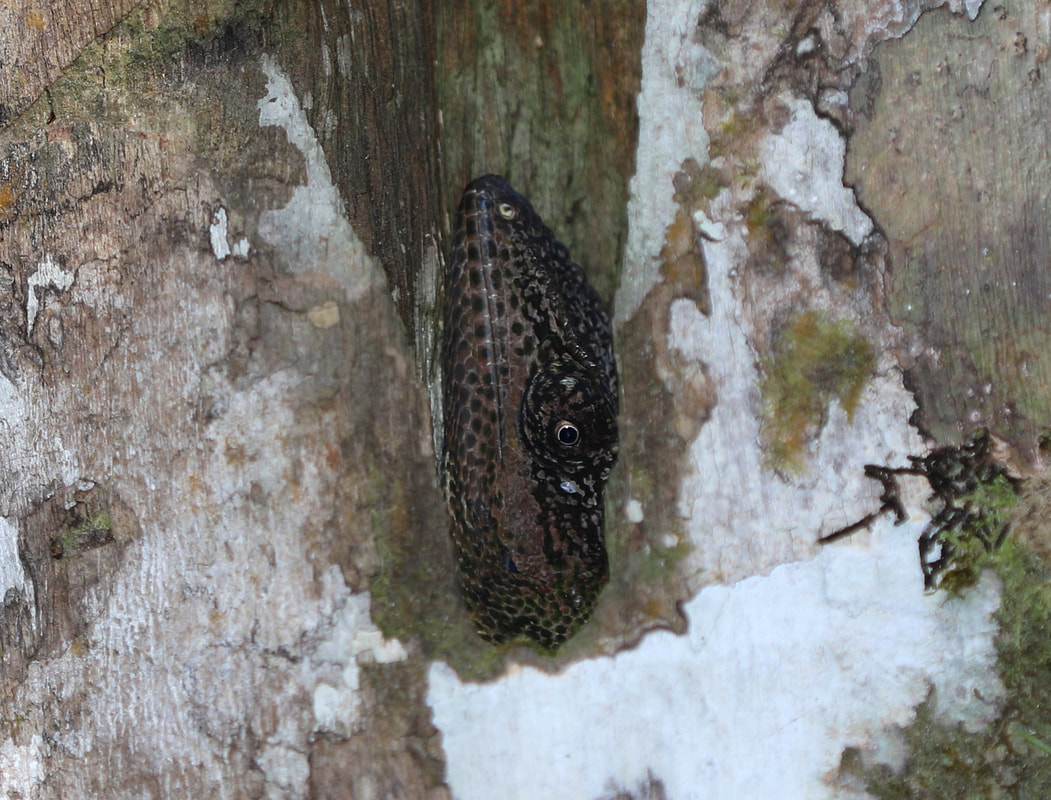
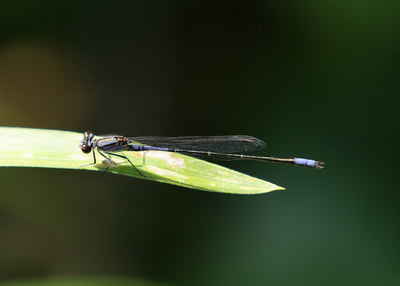
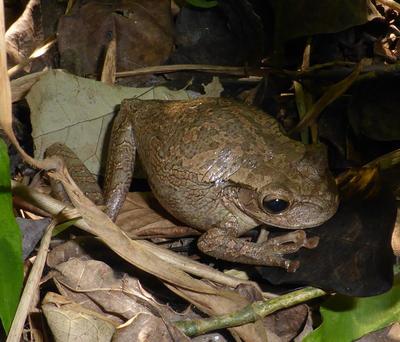
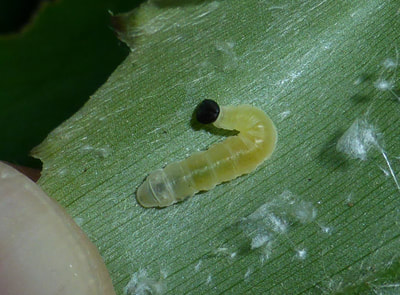
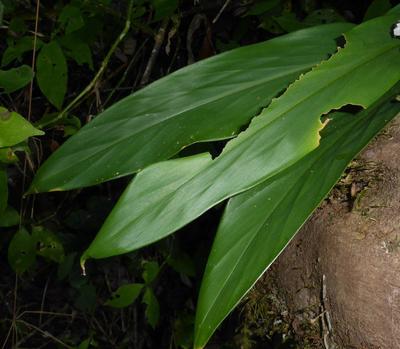
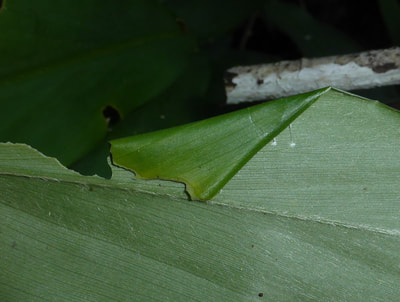
 RSS Feed
RSS Feed